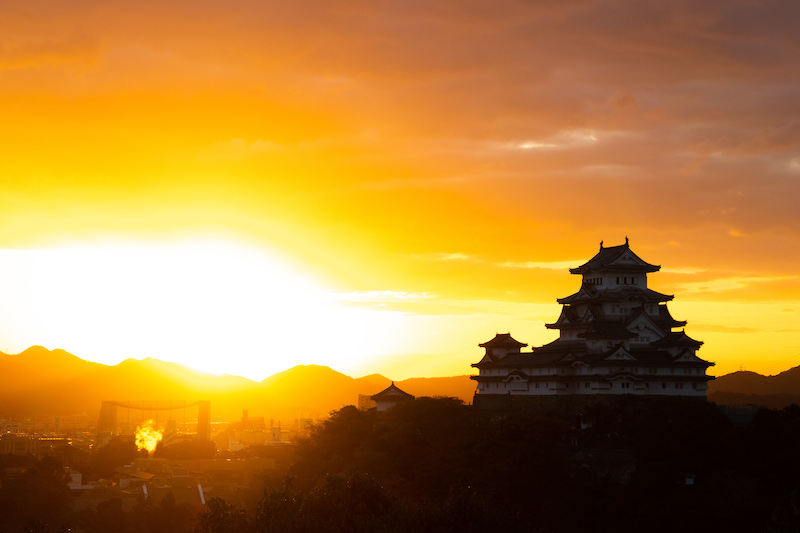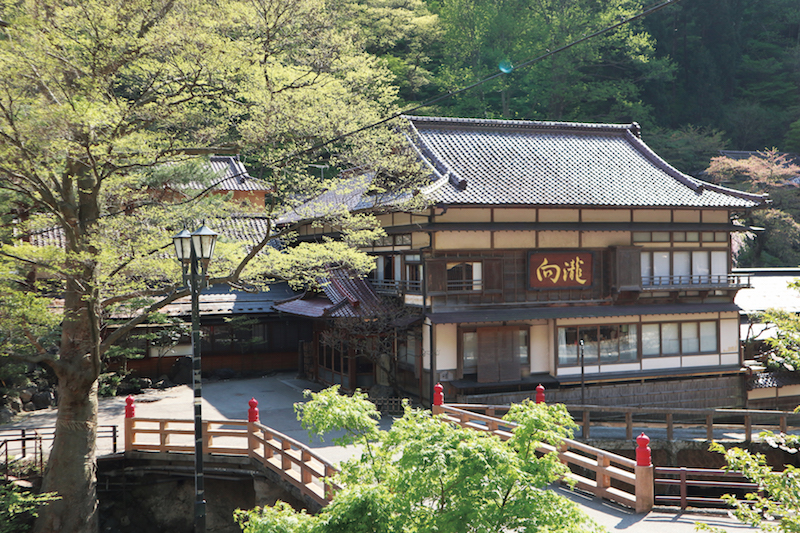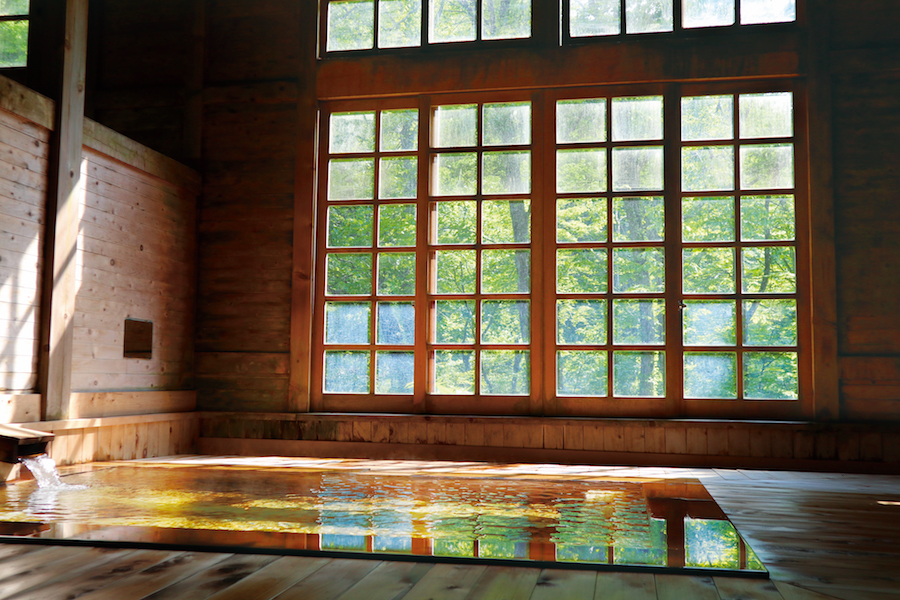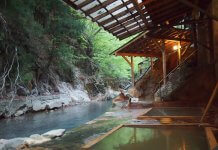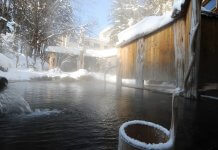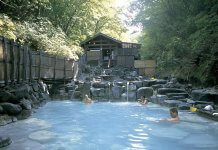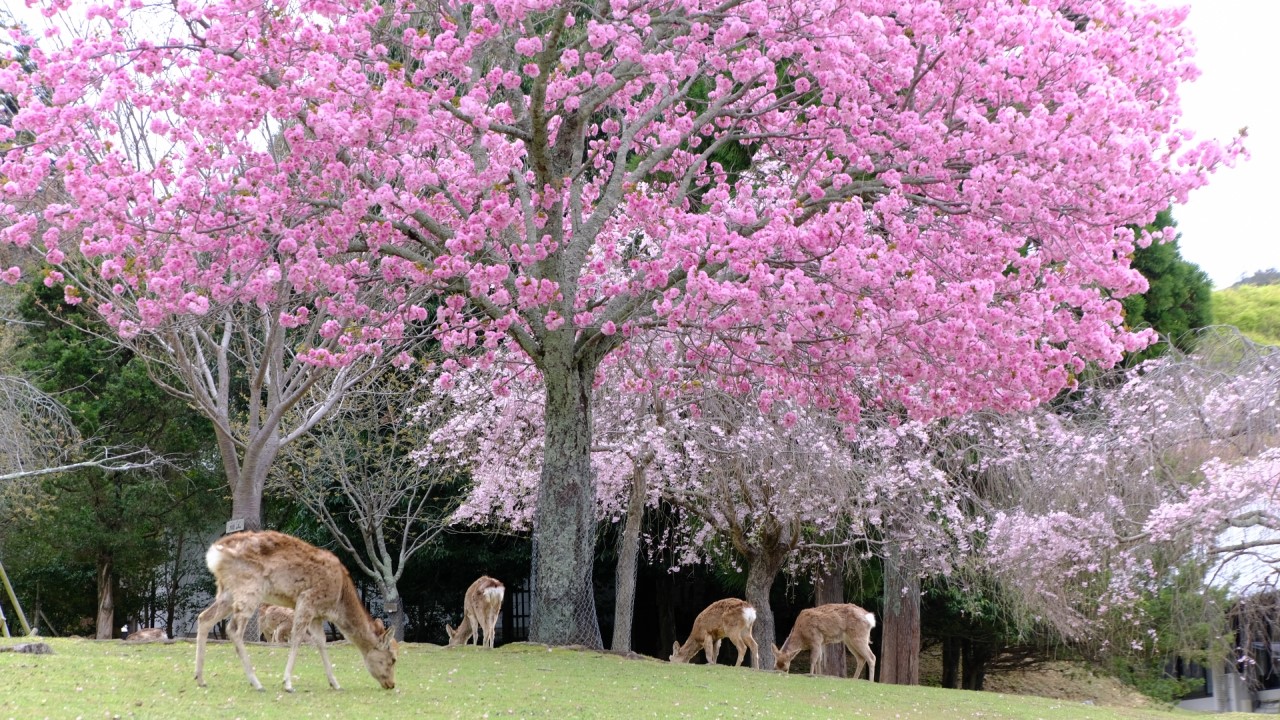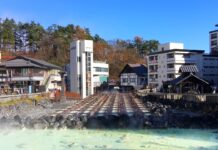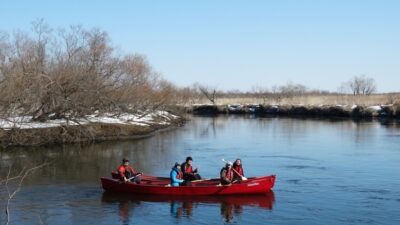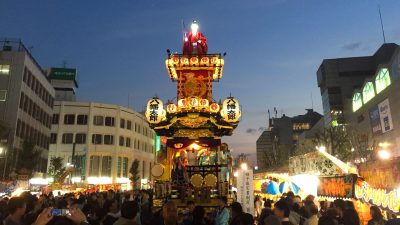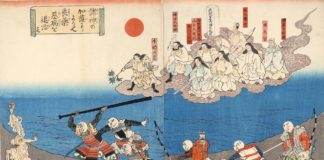Located just west of Kobe in Hyogo Prefecture, Himeji is a city with historical significance that permeates throughout its incredible culture. From the shining world heritage site of Himeji Castle to the secluded Shoshazan Engyoji Temple, the rich tapestry of Himeji’s past is on full display for you to discover.
Himeji Castle – A Timeless Cultural Icon
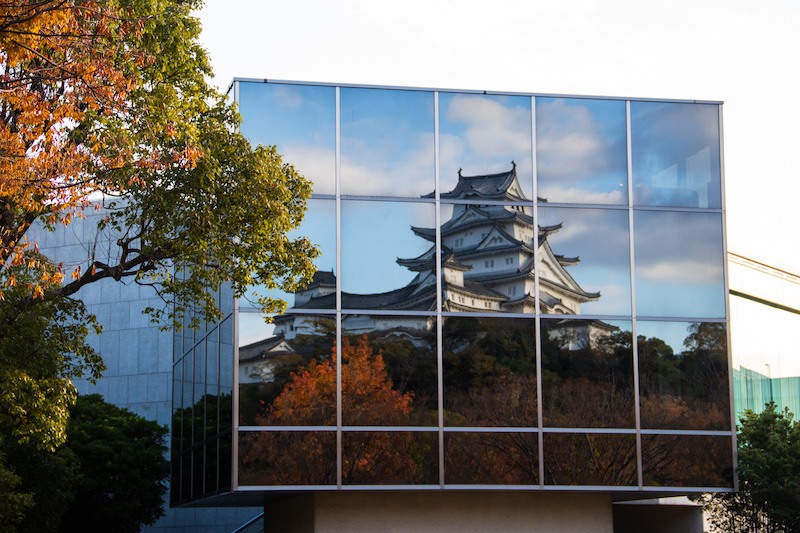
Himeji Castle lies at the center of Himeji City, and from the moment you step outside of Himeji Station, you can see the castle gleaming in the distance perched atop Mt. Himeyama. There’s a comforting familiarity to the castle, which might be because it’s featured so often in Japanese and overseas media. As you move through Himeji, you can feel Himeji Castle standing guard, quietly watching over the city.
Spectacular Sunrises
In the land of the rising sun, you can expect to see some epic sunrises, and the view of Himeji Castle’s silhouette against the horizon does not disappoint. Perhaps the best vantage point is atop Mt. Otokoyama. You’ll need to climb 198 steps to reach the summit, witnessing the sun crest over the horizon at dawn, slowly forming a monumental silhouette of the castle in the foreground against a vivid backdrop of orange, pink and red hues, is a spectacular sight that is well worth the effort. You’ll find plenty of photographers hoping to capture the nuances of the sunrises in each season, as the position of the sun and clouds gradually shift throughout the year. From the nearby Nagoyamareien Hill observation deck, it is said that when the sun is situated behind the silhouette of the castle’s upper roof the overlapping shapes resembles either a pair of glasses or the head of the popular superhero, Ultraman. There are eight amazing spots circling the castle, which allow you to view it from different sides, as well as through mirrored reflections. All eight locations can be easily reached by rental bicycles available around the city.
On the Castle Grounds
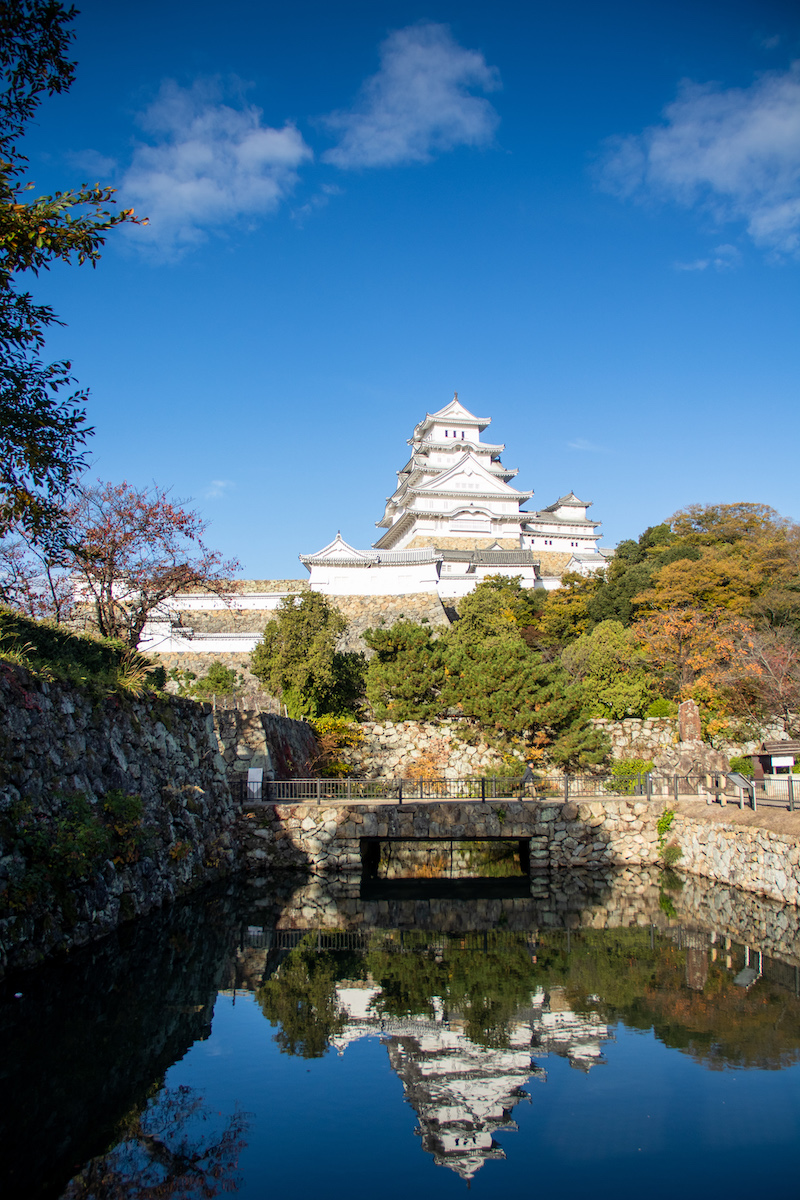
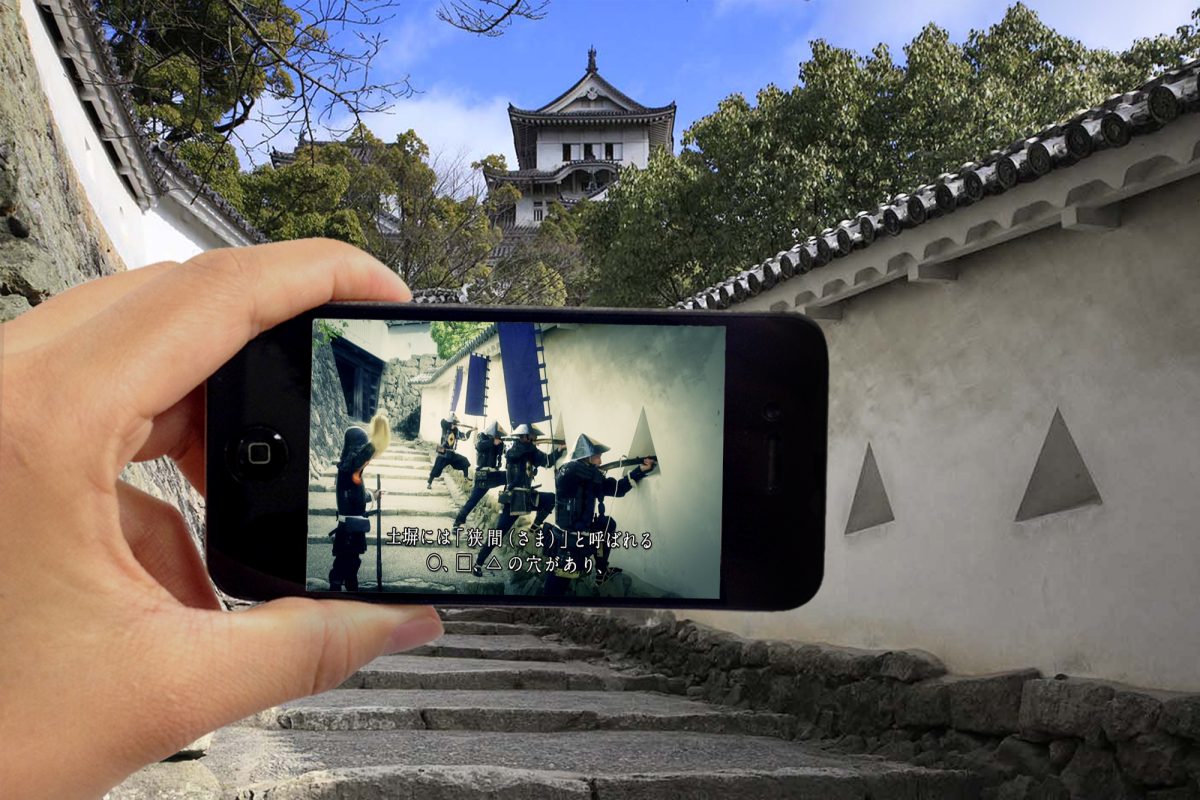
Once you make your way inside the castle grounds, the great scale of the 700-year-old Himeji Castle becomes apparent. The main keep built 400 years ago consists of four main buildings – one Dai-Tenshu (big keep) and three Sho-Tenshu (small keep) – joined by watari-yagura corridors, with the Dai-Tenshu being the largest building. Two massive support pillars run through the center of the Dai-Tenshu, with the East pillar having existed since the original construction. Himeji Castle was built to be a massive feudal era fortress, with many of the design choices made strictly for fending off invaders. Only a single moat surrounds the castle now, however, at one time it was part of a trio of moats that extended as far as Himeji Station. The triangle, circle and square holes cut in the walls may look decorative, but they are actually strategic positions for archers and riflemen. A path may seem to lead to a dead end, but that is just an optical illusion to deceive any would-be attackers. Inside the castle you’ll find platforms on the third and fourth floors meant for dropping heavy stones on enemies unlucky enough to get too close. Some designs, though, like the different crests on display throughout the structure, serve a more symbolic function. These crests represent the different families that held power during the castle’s construction or renovation. Whether you prefer to discover the castle grounds with a traditional guided tour or the AR phone app, both are in English, so you won’t miss any of the castle’s fascination history as you slowly explore its large looming pathways.
Koko-en
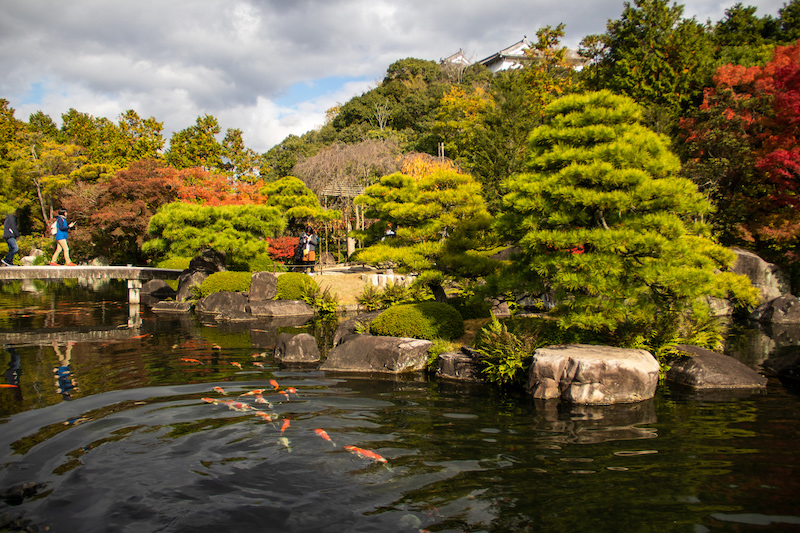
At Koko-en, you can immerse yourself in nine beautiful Zen gardens, each with landscaped greenery and tranquil ponds, and with views of Himeji Castle in the background, the scenery is simply breathtaking. You can also enjoy a traditional Japanese lunch of local specialties such as anago don (salt-water eel over rice) while overlooking the gardens.
Shoshazan Engyoji Temple - Achieving a Zen State of Mind
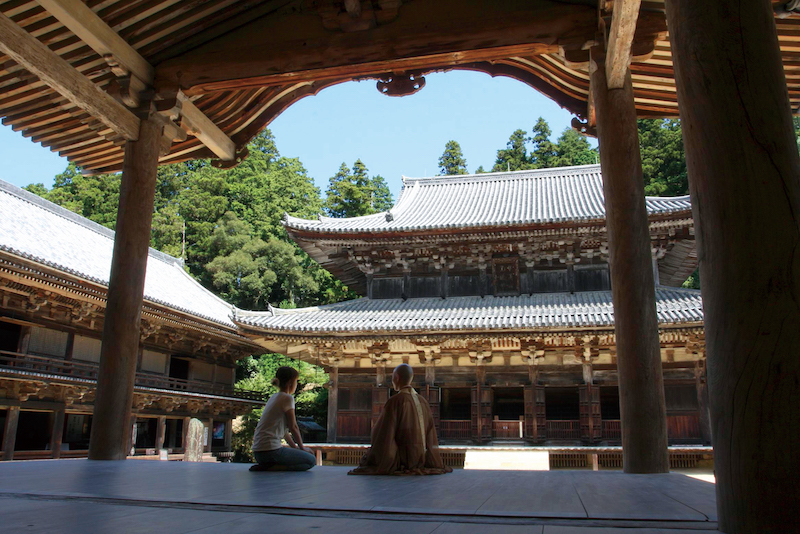
Many placid locations around Himeji offer wonderful places to escape the commotion of everyday life and find spiritual serenity. One such place is Shoshazan Engyoji Temple, a peaceful haven for meditation, deep in the forest of Mt. Shosha. The temple is steeped in spiritual antiquity and was well-known even before its famous appearance in the blockbuster Hollywood film The Last Samurai. You can reach the temple by taking a cable car up the Mt.Shosha and then a winding bus ride, or if you are adventurous, you can hike up the mountain to Shoshazan Engyoji Temple well. When you arrive, you can feel the spiritual power of the temple grounds, which have a sacred historical significance like the Himeji Castle. At this temple, monks practice Tendai Buddhism – a form of Buddhism that promotes the idea that we are all equal and can reach spiritual awakening. It also has amazing architecture, from the impressive Daikodo building, reserved for priests conducting special ceremonies, to the Jogyodo and Jikido buildings, where monks train in the ancient arts of zazen and shakyo.
Zazen
The spiritual energy at Shoshazan Engyoji Temple has been recognized for over 2,000 years, making it an ideal spot for zazen meditation – the major meditative discipline of Zen Buddhist monks. The practice of zazen meditation is meant to unite the body and soul through proper posture, concentration, and breathing techniques. Monks describe the experience as if you were an ocean with waves crashing on the surface. As you thrust through the choppy surface and delve deeper and deeper into depths of yourself, things become more peaceful, quiet and still. From there, your objective is to let go of everything around and inside you.
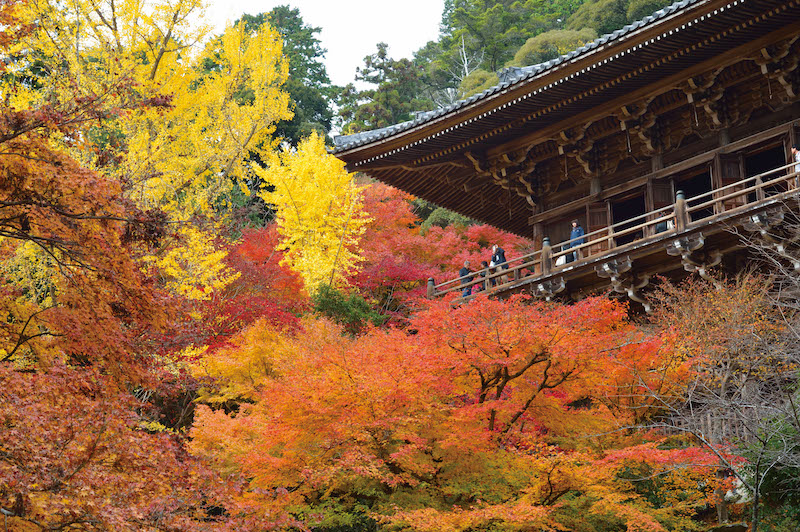
Shakyo
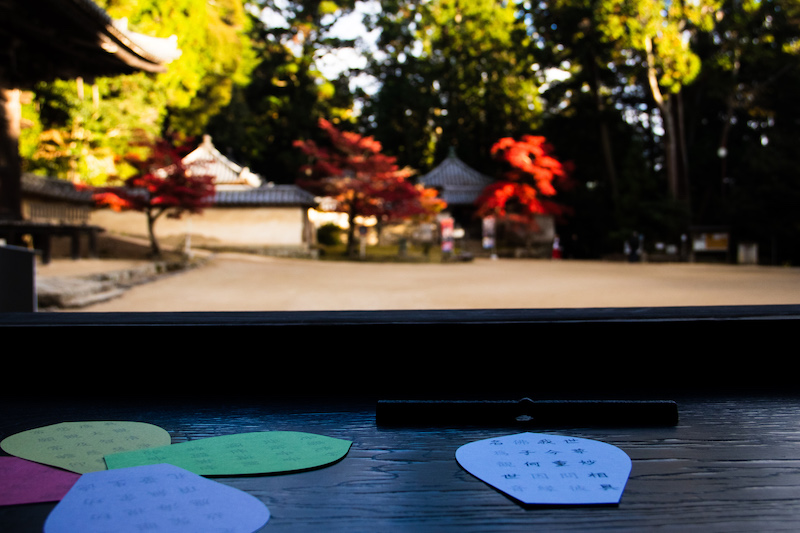
The practice of shakyo entails tracing ancient religious texts called sutras. Sutras play a major role in Buddhism, and it is believed that copying them reinforces the message of Buddha and is also a healthy stimulus for the mind. As sutras are age-old texts, it is quite common for those who copy them to not fully understand what they are writing, yet their significance remains with the writer. When visiting the temple, you can purchase simplified sutras to practice the art of shakyo yourself.
Nature and Tradition
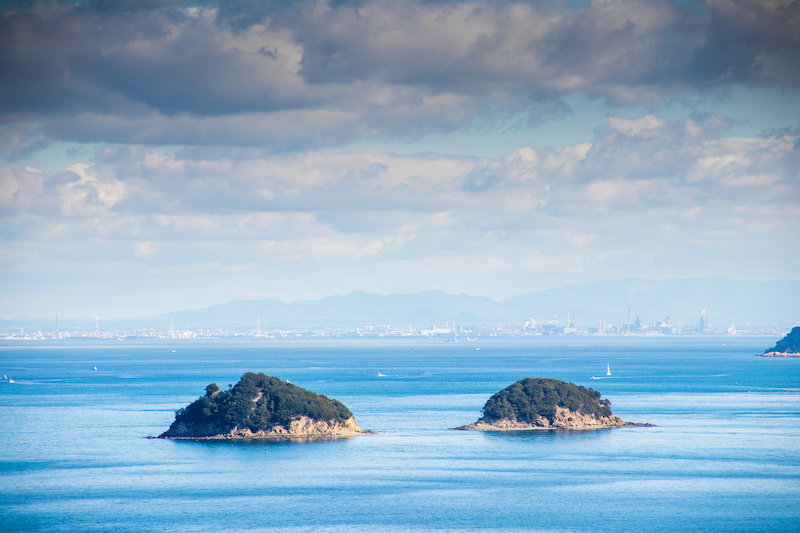
Himeji may be a modern city, but tradition and nature are intricately interwoven into the fabric of the area. You can see this among local artisans and shops that have been practicing their trades for over a century, as well as in the nearby island of Ieshima, where the quaint island townspeople lead a simpler way of life than those on the mainland.
A Modest Island Life on Ieshima Island
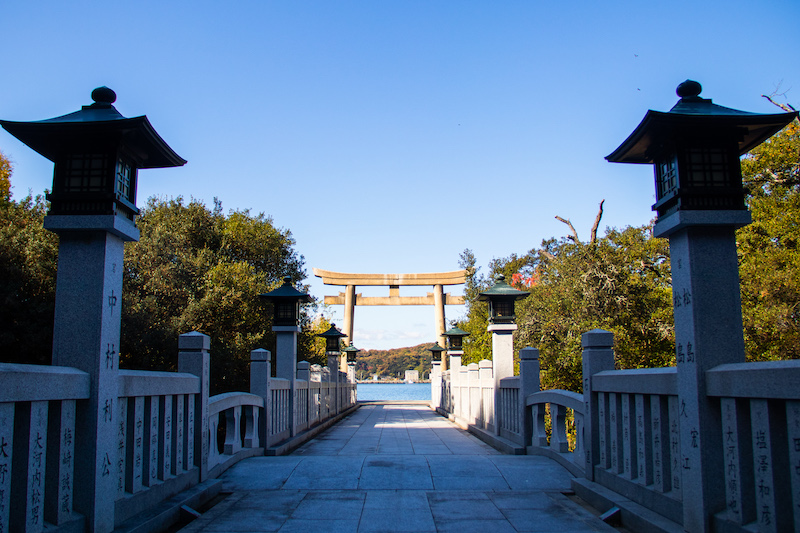
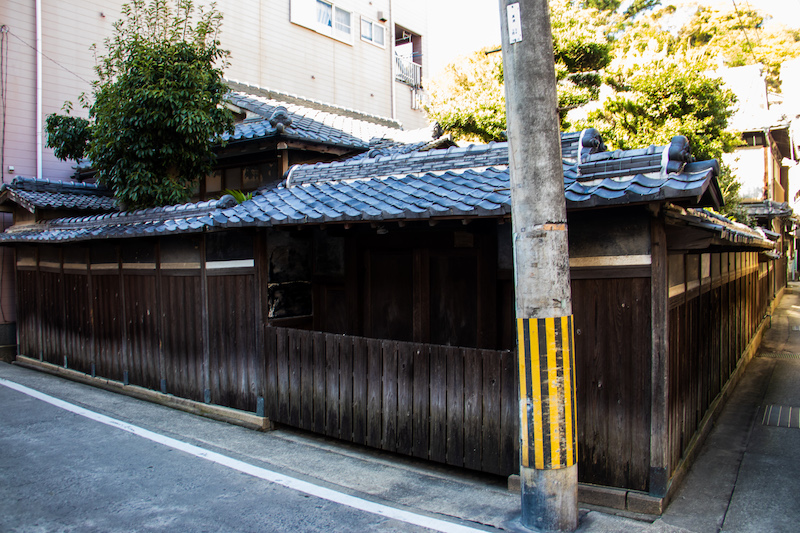
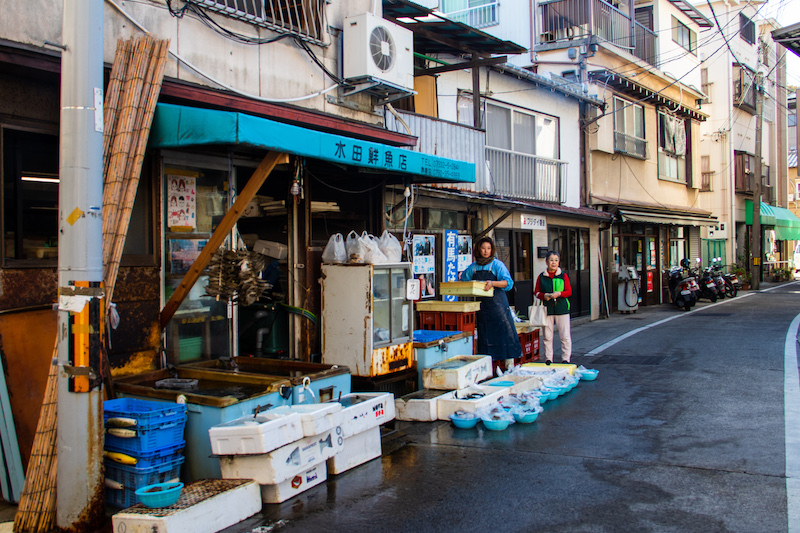
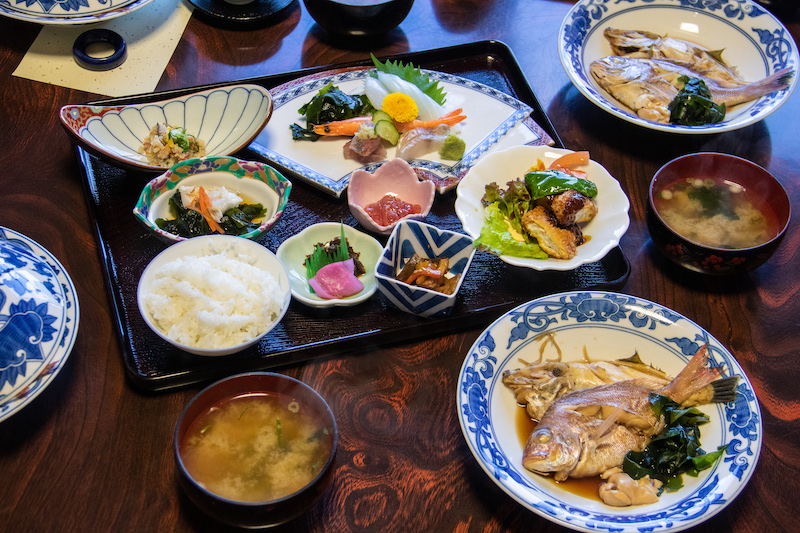
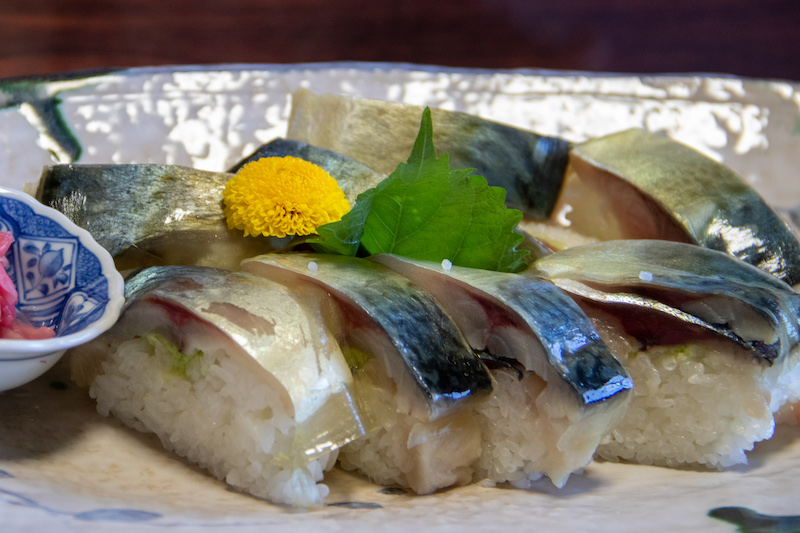
As the ferry carries you to Ieshima Island, you’ll notice the surrounding islands, with the largest two being Tangajima and Nishijima. Islands providing the main industry for the group of islands with quarrying, while shipping in Ieshima Island and fi shing in Bozejima Island contribute to the local industry. The seafood here is not to be missed, as local restaurants off er sushi, sashimi and other seafood dishes that are rarely found elsewhere. One such dish is sabazushi (sushi made with local mackerel). As you walk through the town, you will notice two things: the town’s streets are small – the main street is barely large enough to accommodate a single car, many islanders use bicycles and motorbikes – and the cats, many lazily looking down from rooftops as residents quietly go about their daily business. One of the local attractions is a huge rock in the shape of a turtle. It is said that this turtle waited here for its master for so long that it eventually turned to stone. As you explore the island, you will come across Ieshima Shrine surrounded by native forests. From this highest-class shrine in Himeji City, you can get astonishing views of the ocean and neighboring islands. On a clear day from a nearby scenic area, you can even spot parts Himeji Castle off in the distance on the mainland.
A Generational Brew at Nadagiku
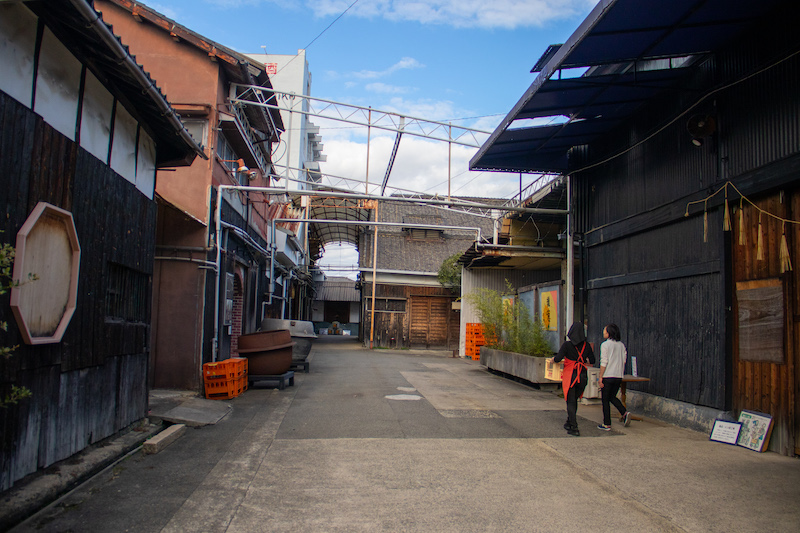
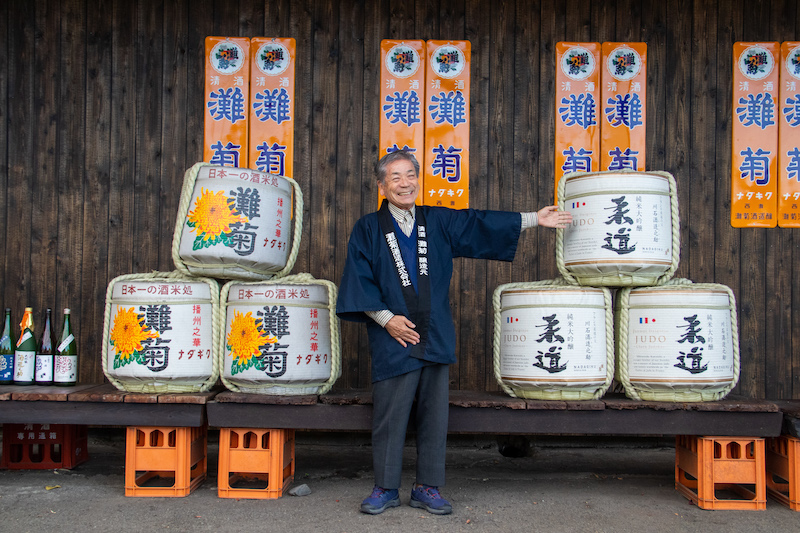
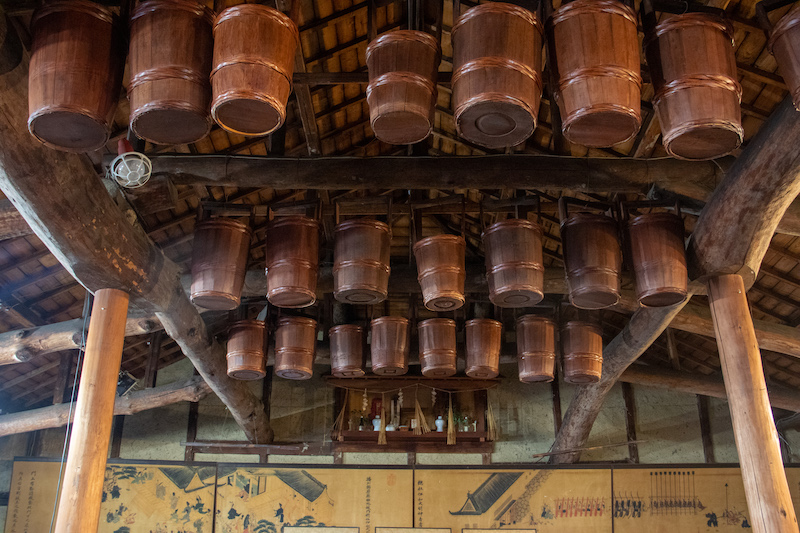
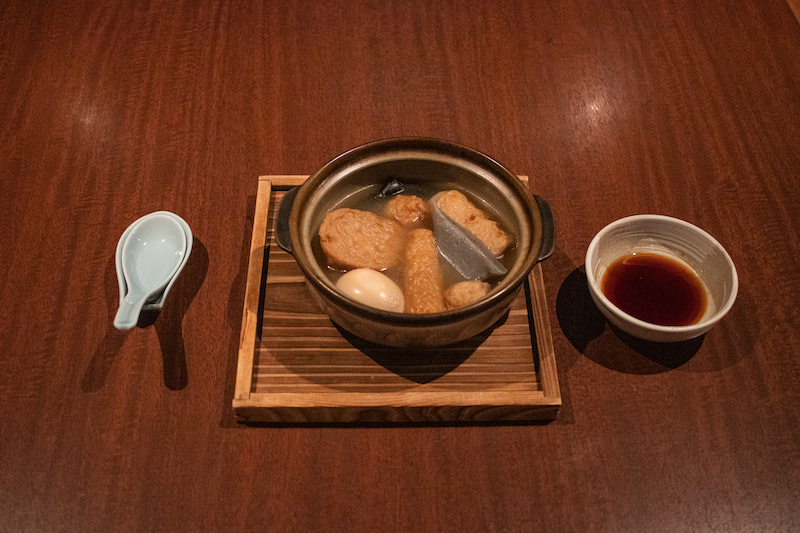
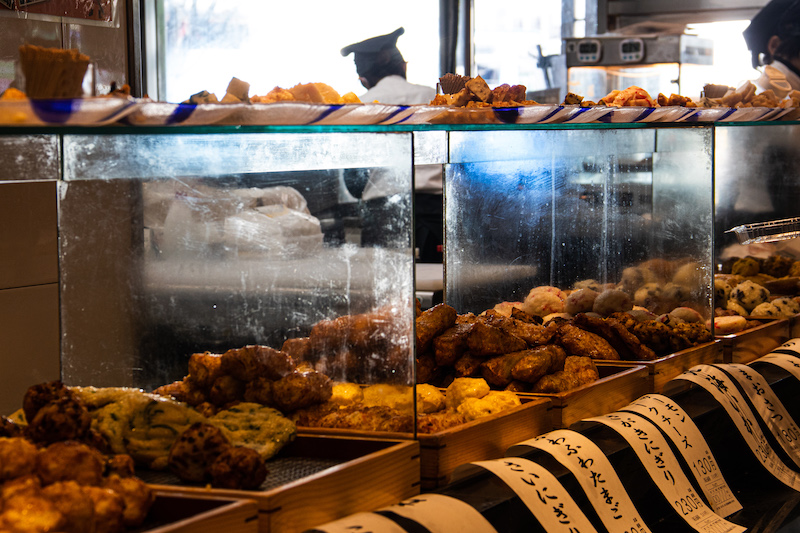
At the Nadagiku Brewery, you can go on an in-depth tour of the facility and learn all about the ingredients and brewing methods they use for their sake products, but the brewery has so much more to off er. One thing that sets Nadagiku Brewery apart from others is their sakagura (storehouses) buildings. The sakagura buildings are used for modern purposes but also display artifacts and tools used to prepare sake many years ago. Another interesting area is the restaurant. Here you’ll see old wooden buckets hanging from the ceiling (these were once used to hold hot water to promote the proper bacteria needed for the fermentation process) and large, round wooden tables made from the lids of huge vats (originally used in the brewing process). Currently, the Nadagiku Brewery produces a wide variety of diff erent sake beverages. There is even one with a Judo theme. This is because the great grand uncle of the current CEO was responsible for bringing the martial art of Judo to France. A small museum area in one of the sakagura features many photos and piece of memorabilia dedicated to him. Before leaving, make sure to do some sake tasting in the shop. There’s a great variety of sake to try that pairs perfectly with the local cuisines such as Himeji Oden (oden is a type of Japanese hot pot, but Himeji Oden adds its own fl air to it by serving the dish with a ginger soy sauce) or pick up some otsumami (drinking snacks) from the Yamasa Kamaboko Yumesenkan. This local kamaboko (minced fish cake) factory sure to have a tasty match for Nadagiku’s special brews.
Stunning White Leather
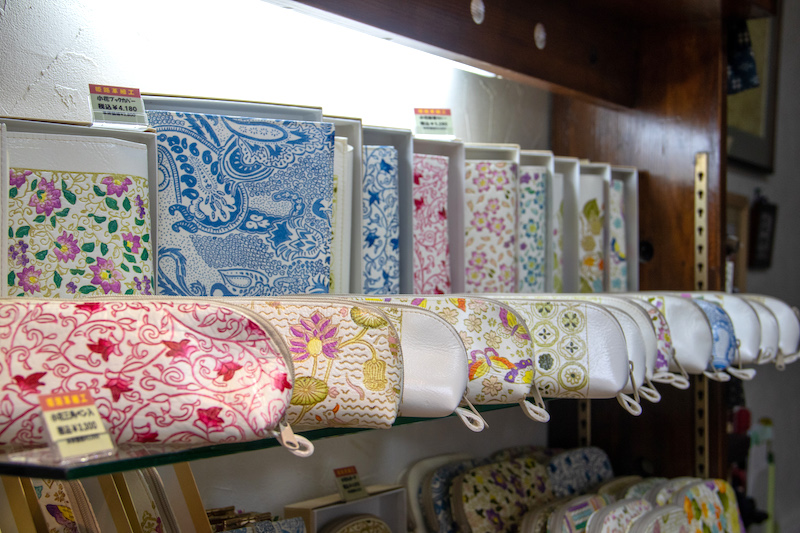

My first thought when looking at intricately painted leather goods in the Craft Gallery Ono was “Why do they only dye the leather white?” Many items adorn the store shelves, such as wallets, bags, coin purses and glasses cases, but the most striking thing is that all of the products are white. I found out that the technique used in creating this unique style of Himeji leather involves stretching and pulling the material for over 20 days to the point where the skin naturally takes on a white color. This process of leather making gives way to some gorgeous handbag, and the colors are added to the items using hand-painted designs. The white leather is very strong, and it has been historically used for drum skins and kendo shinai (practice swords) .
Side Trip Worth Taking
Himeji has plenty of main attractions to keep you busy, but if you have some gaps in your itinerary, why not try filling them in with some laid-back excursions, like a visit to relaxing hot spring or a trip down memory lane at toy museum?
Japan Toy Museum
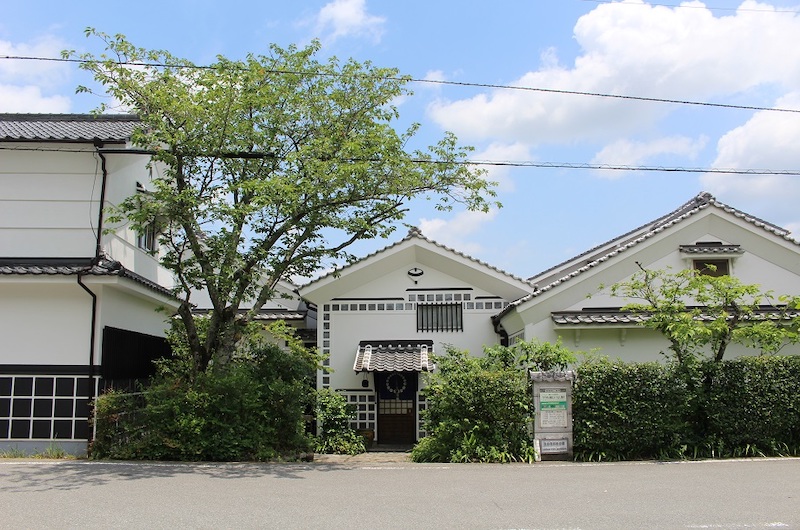
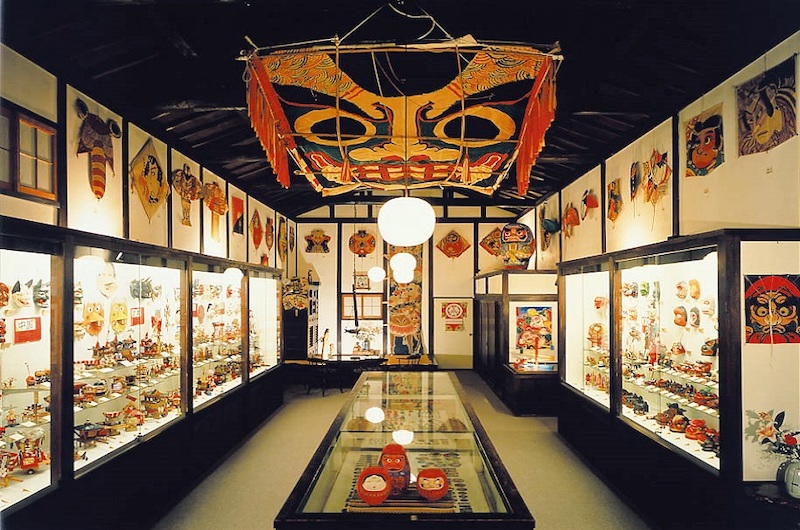
Just a 15-minute train ride from Himeji Station brings you to Koro Station. This unassuming neighborhood is host to the Japan Toy Museum. Composed of six traditional-style warehouses, this museum displays over 90,000 items, including both toys from Japan and other countries. Special exhibitions highlight the differences in trends, design, and colors over time, as well as differences between toys from various countries. Some exhibitions are even seasonal, offering something new to see at different times of the year.
Shiota Hot Spring
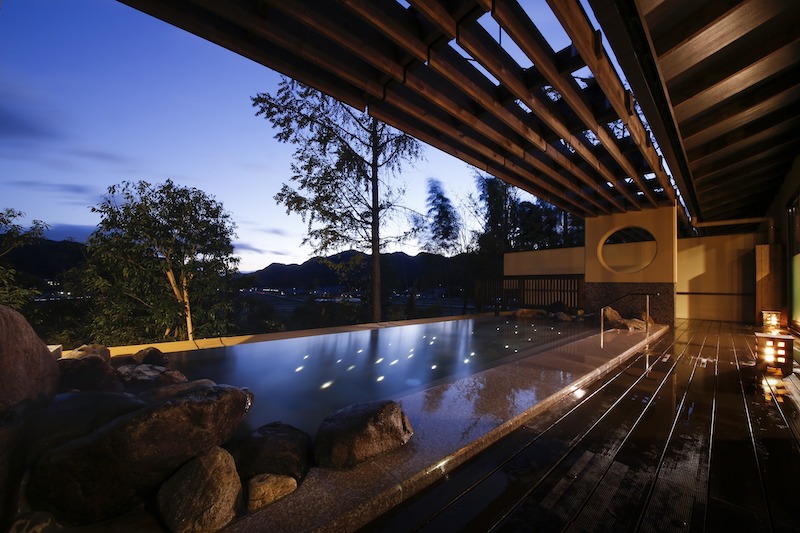
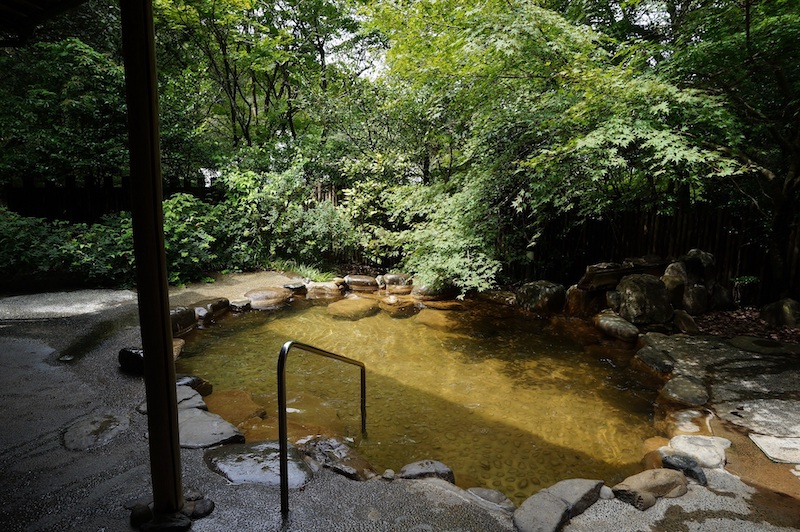
Shiota Hot Spring is a great place to wind-down after a long day of sightseeing. It boasts a long history, with records of it dating as far back as 300 years ago. In the early 1900s, Shiota was recognized for its exceptional water quality, and the springs were further enhanced. The hot spring is surrounded by nature, offering the open-air baths stunning scenery throughout the year, such as cherry blossoms in the spring and fireflies lighting up the evenings in summer
- Click the left corner of the map for a pull-out sidebar that lists all recommended spots in order.
Access
By Shinkansen bullet train (Hikari)
From Tokyo Stn.3h35min.–3h 42min.
From Kyoto Stn. 44min.–59min.
From Shin-Osaka Stn.29min.–44min.
From Hiroshima Stn. 1h4min.–1h 46min.
By Bus
From Kansai Airport 2h 20min.
By ferry
From Port of Himeji about 30min.
www.city.himeji.lg.jp
(You can choose your language.)
 0
0

